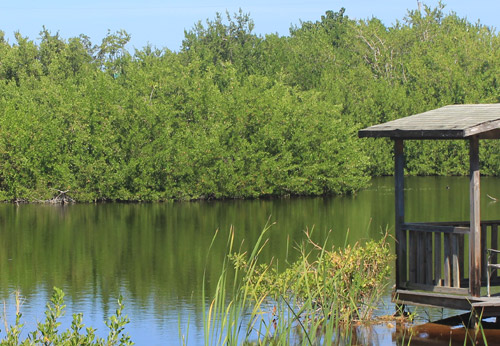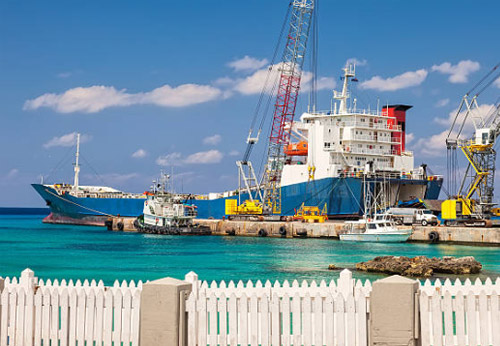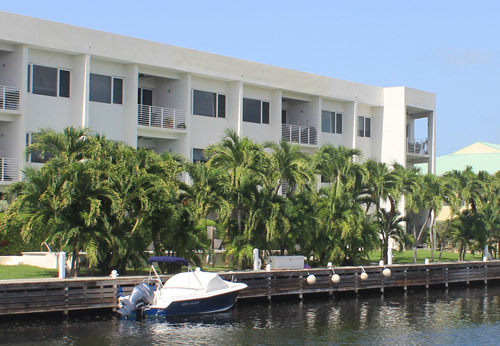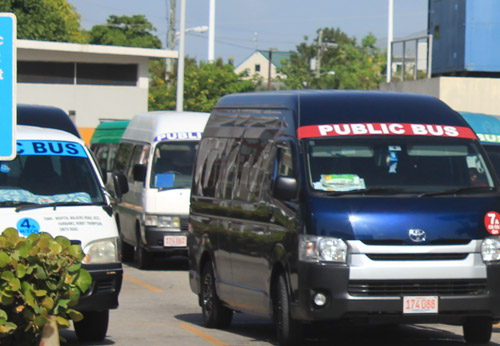ABOUT
Purpose
PlanCayman is a long-range comprehensive plan which will be used to guide physical development and the overall use of land on Grand Cayman. The purpose of the Plan is to assist residents, developers, government agencies and the Central Planning Authority by establishing goals, objectives and guidelines for future development.
The Plan is a living document and will be reviewed and updated as actions are achieved and conditions change.
In compliance with the Development and Planning Act (2021 Revision) Section 9, the formulation of a development plan necessitates the incorporation of maps and a planning statement which demonstrates a requisite level of specificity tailored to distinct regions within the Islands. The development plan holds the capacity to delineate the locations of proposed infrastructures.
National Planning Framework
Long-term vision, goals and objectives for the Cayman Islands.
Planning Statement
Overarching policy and guidance for development in the Cayman Islands.
Area Plans
Location specific planning policies and guidance.
Zone Map & Regulations
Development Guidelines and legislative version of the Plan.

How we got here…
The starting point for PlanCayman is formed by the goals and objectives that you have identified during the public outreach programmes of previous Development Plan reviews. Please see the History of Cayman’s Development Plans. These goals and objectives have been compiled into the National Planning Framework.
Why and How…
The National Development Plan known as Plan Cayman, is a collaborative effort aimed at modernizing Grand Cayman’s physical development and land use framework, replacing the outdated 1997 Development Plan to better align with current community needs and future aspirations. This initiative is led by the Central Planning Authority (CPA), Development Control Board (DCB), with support and assistance from the Ministry of Planning, Agriculture, Housing and Infrastructure (PAHI), Department of Planning (DoP), and the Ministry of Sustainability and Climate Resiliency (MSCR).

Growing Population
Few communities have seen their population grow at the rate experienced in Grand Cayman since the 1950’s. There are 8,000 more people living in the Cayman Islands than there were just 5 years ago and the Islands’ estimated total resident population of 63,415 (Autumn 2017) is the highest ever recorded. The Cayman Islands has one of the highest rates of migration in the world and now supports more than 130 nationalities. This has a huge impact on the environment, infrastructure and community of the Cayman Islands.

Environmental Protection
Grand Cayman boasts a variety of natural assets such as mangrove wetlands, scenic coastlines and open spaces. They not only provide important ecological functions and habitats for wildlife but they are a vital to the character of the island and provide protection from storms. As Grand Cayman grows there is increasing pressure on these natural resources and so it is important that growth and development is balanced with protection of the natural environment.

Economic Stability
The tourism and the financial services industries have driven the economy for decades and have been central to the success of the islands. These industries need to be supported by providing the necessary facilities and environment for them to prosper. Stable economies also need diversity and so other emerging economic sectors, such as health care and high-technology, should equally be encouraged and supported.

Place Quality
Great communities have attractive and comfortable places where people can meet, interact, relax and enjoy themselves. Grand Cayman has some great places with these characteristics but too many of our streets and public spaces lack the quality and character that should be expected.

Transportation Choices
Grand Cayman has grown and developed around the automobile and the vast majority of trips around the island are made by car. This dependence on private vehicles contributes to congestion, decreases air quality and negatively impacts health. Safe and appealing alternatives are required, such as public transportation, walking and cycling. If properly planned and supported these forms of transport can be enjoyable, non-polluting and efficient.